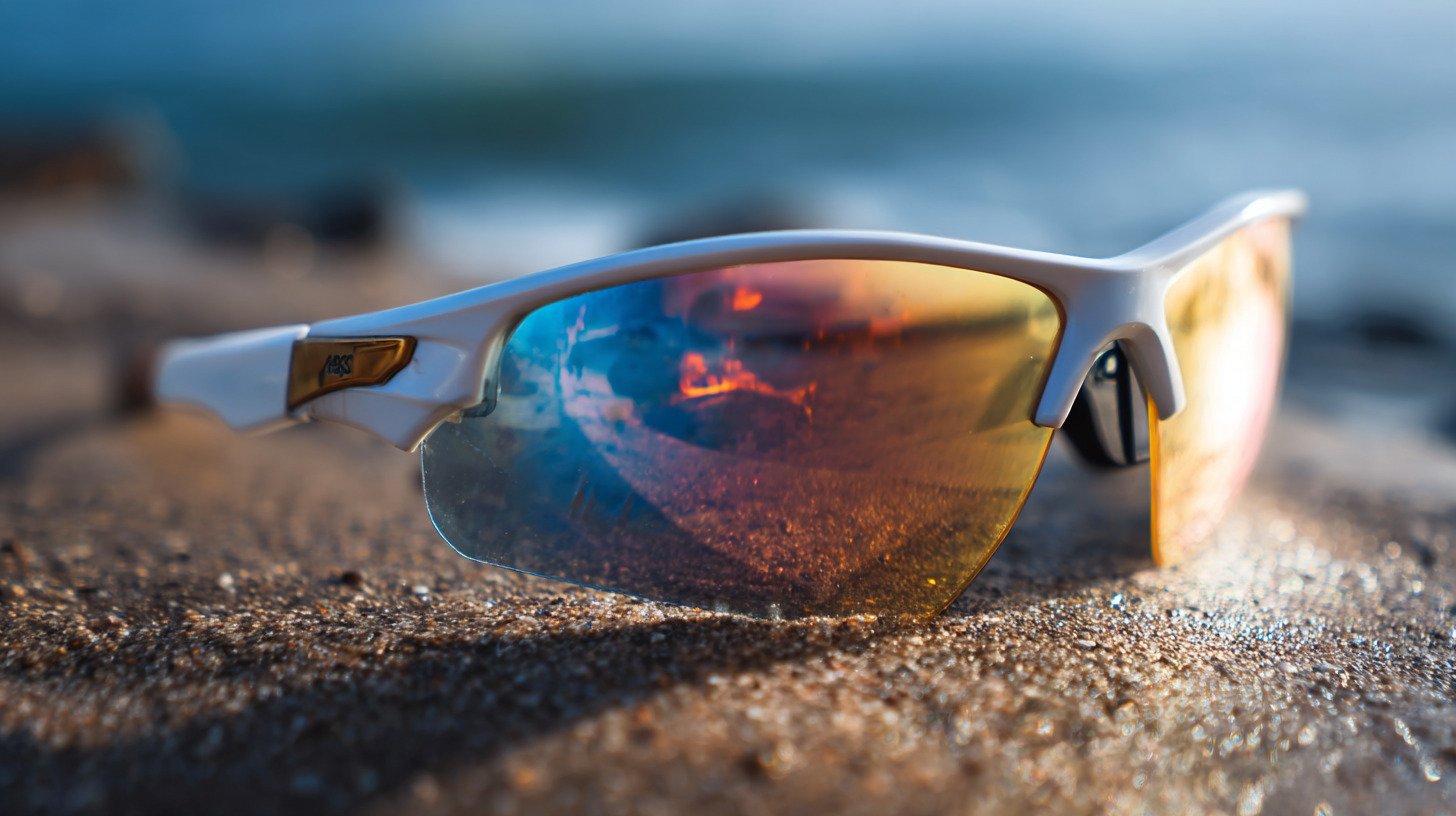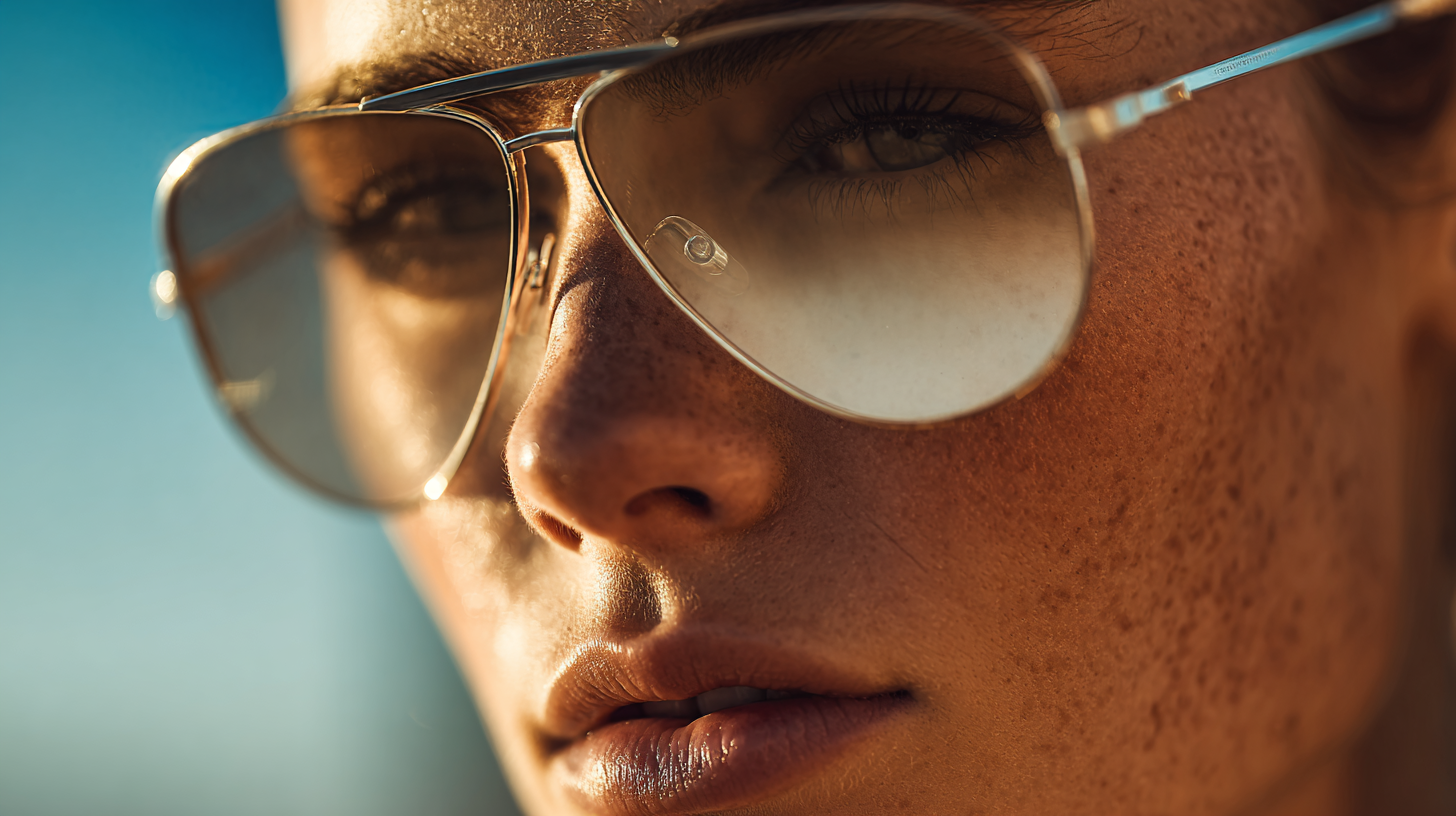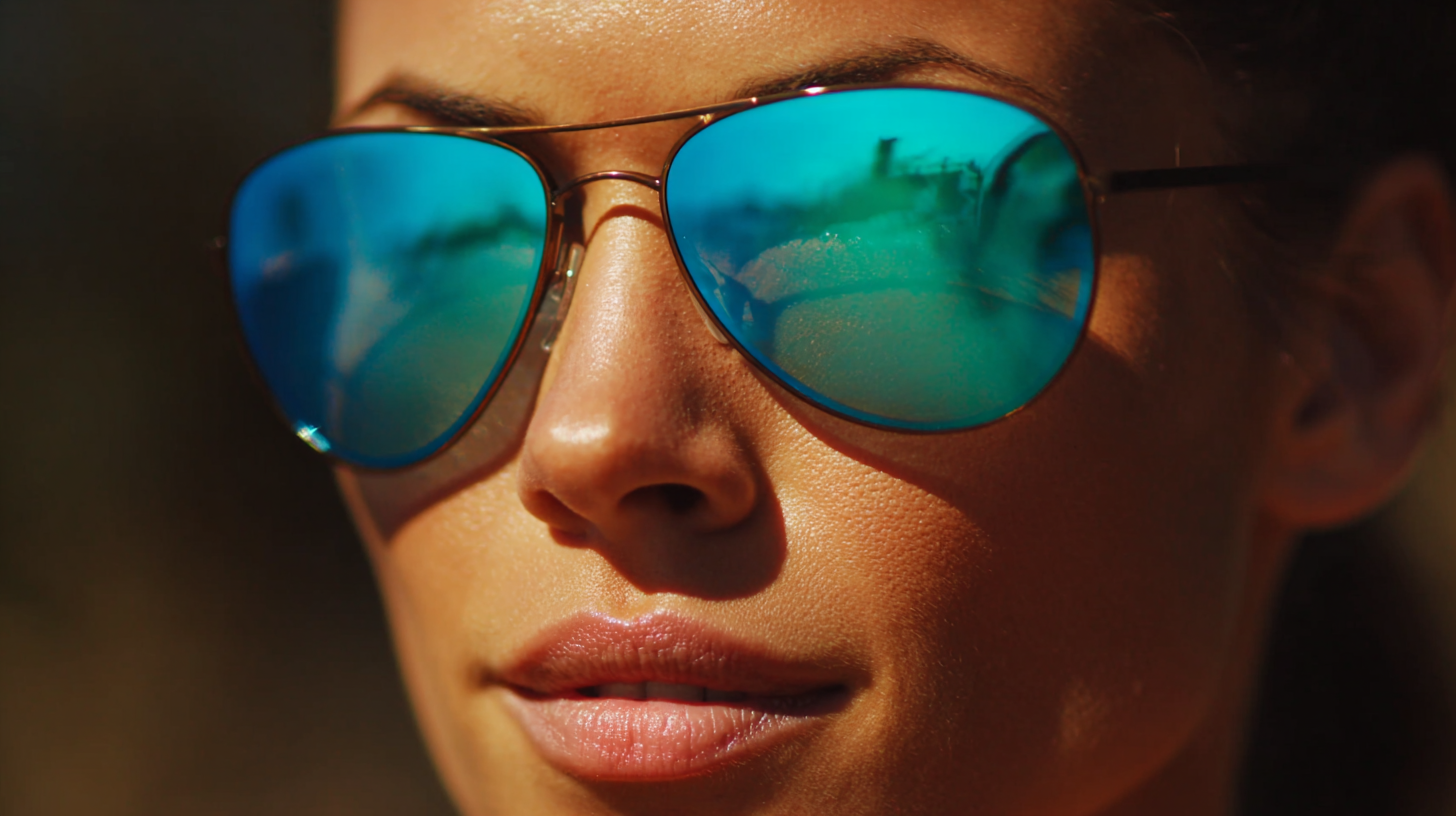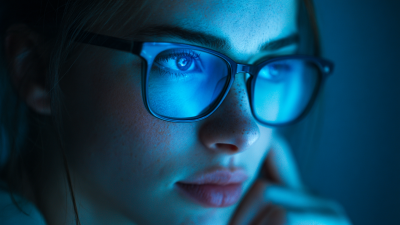In today's world, the importance of UV protection in Shades Sunglasses cannot be overstated. According to the World Health Organization, over 20 million cataract surgeries are performed each year, and prolonged exposure to UV radiation is a significant risk factor in developing eye conditions such as cataracts and macular degeneration. In fact, studies show that 90% of UV exposure occurs before the age of 18, making it crucial for individuals to wear protective eyewear from a young age. Additionally, the American Optometric Association reports that proper sunglasses can block up to 99% of harmful UV rays, thus playing a vital role in maintaining optimal eye health.

As we delve into the intricacies of UV protection in Shades Sunglasses, we will explore the scientific mechanisms behind their effectiveness and highlight the best types available for safeguarding your vision against harmful sun exposure.
UV radiation poses significant risks to eye health, primarily through its two main types: UVA and UVB rays. UVA rays penetrate deeply into the eye and can contribute to long-term damage, including cataracts and macular degeneration. On the other hand, UVB rays, while primarily affecting the surface of the eyes, can lead to conditions such as photokeratitis, a painful inflammation of the cornea. Understanding these types of UV radiation is crucial for preventing ocular damage over time, as exposure is cumulative and often unnoticed until serious harm has occurred.
Shades sunglasses serve as an effective barrier against these harmful rays, protecting not only the eyelids and surrounding skin but also the delicate structures within the eye. High-quality sunglasses that offer UV protection can significantly reduce the risk of developing eye disorders associated with UV exposure. When selecting sunglasses, it is important to look for products that block 100% of UVA and UVB rays. By prioritizing UV protection in eyewear, individuals can take proactive steps to safeguard their eye health and enjoy the outdoors without the worry of UV-related damage.
| UV Radiation Type | Wavelength Range (nm) | Effects on Eye Health | Recommended UV Protection |
|---|---|---|---|
| UVA | 320 - 400 | Can penetrate deep into the eye, potentially leading to cataracts and macular degeneration. | Look for sunglasses with UVA protection. |
| UVB | 290 - 320 | Main cause of sunburn and can lead to skin cancer and eye diseases. | Choose sunglasses with UVB protection. |
| UVC | 100 - 290 | Mostly absorbed by the ozone layer, minimal effects on eye health, but protection is still advisable. | Sunglasses generally don’t need to filter UVC due to its absorption by the atmosphere. |
Recent studies have highlighted the critical importance of ultraviolet (UV) protection in sunglasses for maintaining optimal eye health. A study conducted at the University of São Paulo evaluated 12 different models of sunglasses and revealed that only one pair met established safety standards for UV protection. This underscores the necessity for consumers to choose sunglasses that are not only stylish but also effective in blocking potentially harmful rays that can cause long-term damage to eye tissues.

The science behind UV filters in sunglasses lies in their ability to absorb or reflect harmful UV radiation, which can lead to conditions such as cataracts and macular degeneration. Polarized lenses, in addition to blocking UV light, also reduce glare and enhance visual clarity, offering comprehensive protection even on overcast days. It's vital for consumers to remember that UV protection is crucial year-round, as harmful rays can penetrate clouds and still impact unprotected eyes.
With this understanding, selecting the right eyewear becomes essential to safeguarding one’s eyesight against the invisible dangers of UV exposure.
When choosing sunglasses for optimal eye protection, it's essential to look for several key features. Firstly, ensure the lenses offer 100% UVA and UVB protection. This is crucial, as these ultraviolet rays can lead to serious eye conditions, including cataracts and macular degeneration. Sunglasses that meet this standard will have a UV400 label, guaranteeing the highest level of protection against harmful rays.
Another important factor to consider is the lens material. Polycarbonate lenses are highly recommended due to their impact resistance and lightweight nature, making them comfortable for prolonged wear. Additionally, polarized lenses can significantly reduce glare from reflective surfaces, enhancing visual clarity and reducing eye strain. Whether you enjoy outdoor sports or simply want to protect your eyes during daily activities, selecting sunglasses with these features will ensure that you maintain optimal eye health while enjoying the sunlight.

When it comes to UV protection, proper care of your sunglasses is crucial for maintaining their protective qualities. According to a report by the American Academy of Ophthalmology, over 20% of adults have reported experiencing some form of UV-related eye damage, emphasizing the importance of selecting high-quality sunglasses. To ensure long-lasting UV protection, it is vital to clean your lenses regularly using a soft microfiber cloth and a gentle lens cleaner. This routine helps remove dirt and oils that could impair your sunglasses’ effectiveness and clarity.
Additionally, storing your sunglasses correctly can significantly enhance their lifespan and UV protection capabilities. The Vision Council reports that more than 30% of sunglass users leave their shades exposed to direct sunlight in cars or on surfaces, which can result in lens distortion or damage. By keeping sunglasses in a protective case when not in use and avoiding extreme heat, you can prevent these issues and maintain their optimal function. Following these practices not only preserves the integrity of your eyewear but also contributes to better eye health by ensuring that you receive effective UV protection whenever you step outside.
When it comes to UV protection, many misconceptions surround the safety and efficiency of sunglasses. One common myth is that wearing sunglasses automatically provides adequate UV protection. However, not all sunglasses block harmful UVA and UVB rays effectively. According to the American Academy of Ophthalmology, it's crucial to select sunglasses that offer 100% UV protection to reduce the risk of cataracts and other eye issues.
Another prevalent belief is that UV rays are only a concern on sunny days. In reality, up to 80% of UV rays can penetrate clouds, making it essential to wear sunglasses even when the sky is overcast. An extensive study by the Vision Council indicates that nearly 50% of adults fail to wear sunglasses regularly, risking their eye health during outdoor activities.
Tips for effective UV protection include choosing sunglasses that wrap around your face for maximum coverage and ensuring they meet UV400 standards for full protection. Additionally, consider pairing sunglasses with a wide-brimmed hat when spending extended periods outside to provide extra shading for your eyes. Always prioritize eye safety in every outdoor scenario to maintain optimal eye health.
This bar chart illustrates the percentage of UV protection offered by different types of sunglasses. The data indicates that UV400 lenses provide nearly complete protection against harmful ultraviolet rays, while lighter options offer significantly less protection. This visual representation helps in understanding the importance of choosing sunglasses with adequate UV blocking capabilities for optimal eye health.






